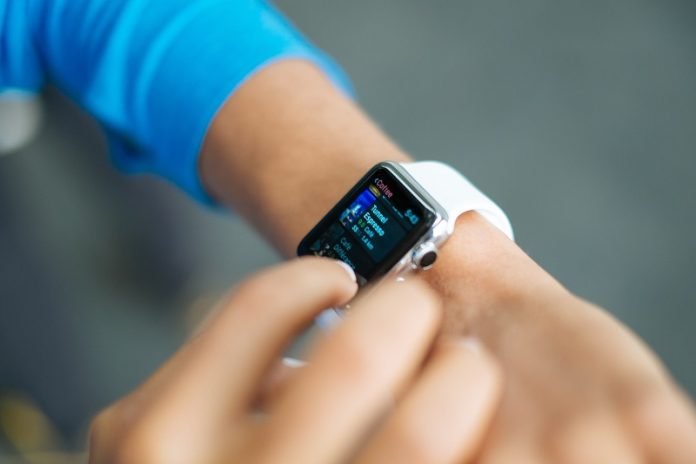
New research has shown that smartphones and watches like the Apple Watch can be used to capture important features of early, untreated Parkinson’s disease.
The technology could provide researchers with more objective and continuous ways to measure the disease, allowing new treatments to be brought to market faster, especially for patients in the early stages of the disease.
Parkinson’s disease is the world’s fastest-growing brain disease, but most of the drugs used to treat it were developed in the last century.
The complexity of the disease and the limitations of current measures have been barriers to new therapies.
Symptoms of Parkinson’s disease can vary significantly from patient to patient, and the tools traditionally used to track the disease are subjective and episodic.
They are only collected during visits to the clinic, limiting insight into how Parkinson’s disease affects people’s daily lives.
Researchers at the University of Rochester have been pioneers in harnessing digital health technologies such as telemedicine, wearables, remote monitoring, and mobile apps to improve access to care and conduct decentralized clinical trials.
In 2015, URMC neurologist Ray Dorsey, MD, and the CHeT team collaborated with Sage Bionetworks to launch the first smartphone research application to monitor Parkinson’s disease in real time.
Since the launch of this app, the proliferation of smartwatches and technological improvements, particularly in gyroscopes and accelerometers that can more precisely measure movement, has heightened the research potential of these devices.
In the new WATCH-PD study, researchers at multiple sites across the U.S. recruited 82 individuals with early, untreated Parkinson’s and 50 age-matched controls and followed them for 12 months.
The study volunteers wore research-grade sensors, an Apple Watch, and an iPhone while performing standardized assessments in clinic.
At home, participants wore the smartwatch for seven days after each clinic visit and completed motor, speech, and cognitive tasks on the smartphone every other week.
The smartphone app tracked finger-taping speed, performance on cognitive tasks, and speech, while the smartwatch was able to measure arm movement, duration of tremors, and gait features.
The researchers were able to detect motor and non-motor features that differed between individuals with early Parkinson’s and age-matched controls.
The team is now conducting a study that will follow participants for a longer period to determine which digital measures are sensitive enough to help researchers evaluate whether an experimental therapy is making a meaningful impact on the progression of the disease.
These findings reinforce what other studies have shown—digital devices can differentiate between people with and without early Parkinson’s and are more sensitive than traditional rating scales for some measures of Parkinson’s disease.
Better measures will lead to more efficient, patient-centric, and timely evaluation of therapies.
The ability to detect Parkinson’s disease earlier and more accurately using smartphones and watches could lead to better treatments and outcomes for patients.
If you care about Parkinson’s disease, please read studies about Vitamin E that may help prevent Parkinson’s disease, and Vitamin D could benefit people with Parkinson’s disease.
For more information about brain health, please see recent studies about new way to treat Parkinson’s disease, and results showing COVID-19 may be linked to Parkinson’s disease.
The study was conducted by Jamie Adams et al and published in npj Parkinson’s Disease.
Copyright © 2023 Knowridge Science Report. All rights reserved.



